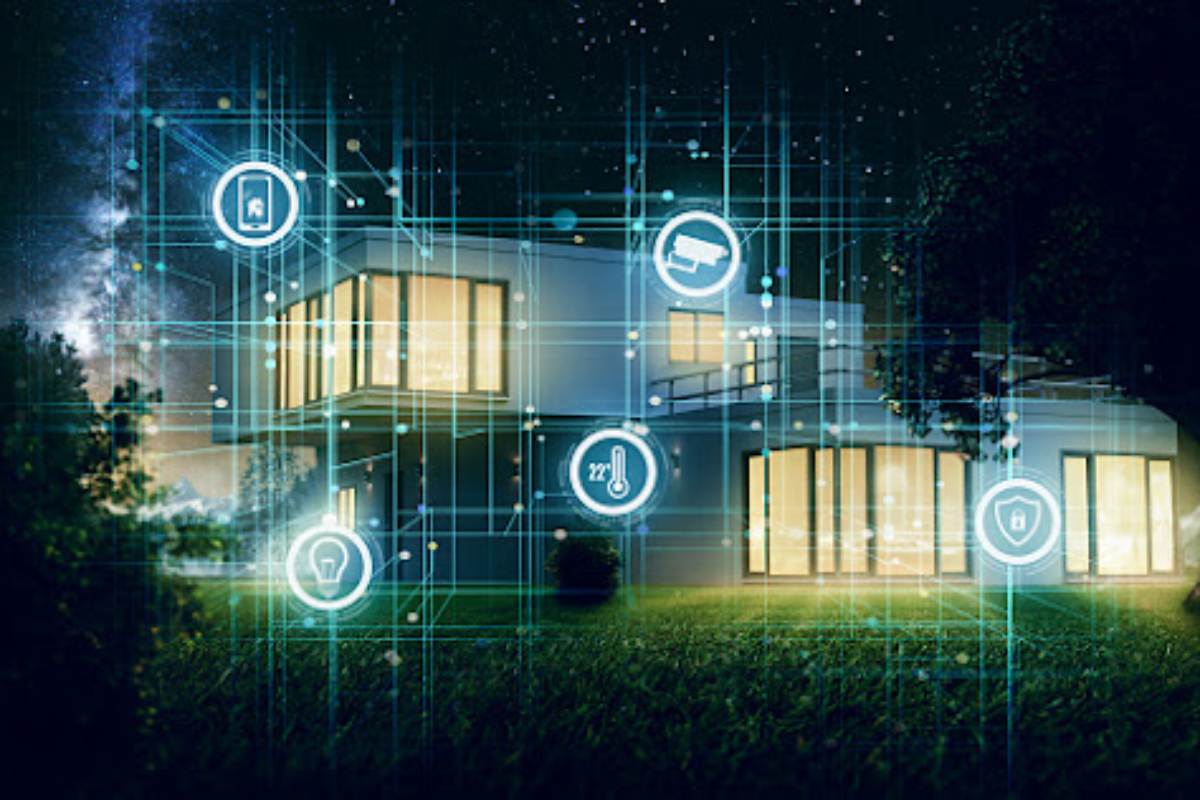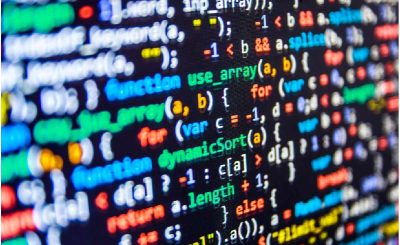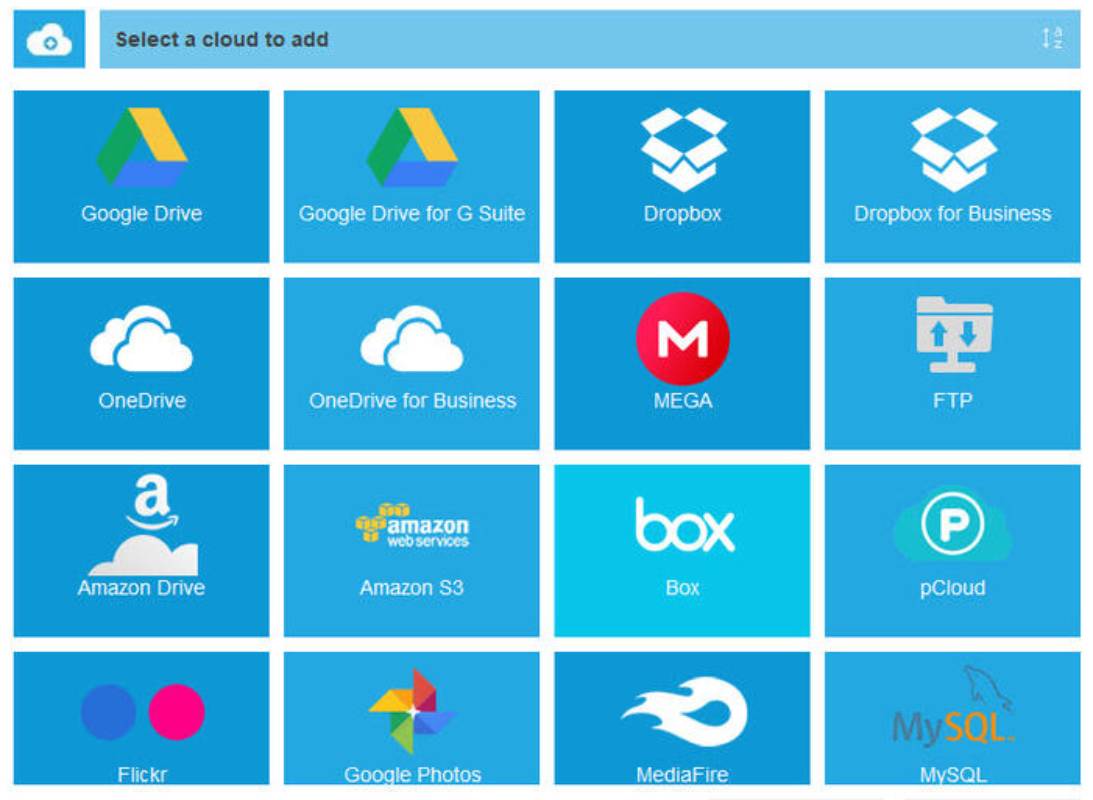These days, tenants desire tech-savvy houses that make their lives more convenient. Are you interested in upgrading your rental property? Stick around; we’ll evaluate the pros and cons of adding smart home technology. Also, we’ll take you through the top 5 smart home technologies you can install today. It can also help to hire a property manager who understands which upgrades add value to your property,
Pros of Smart Home Technology
-
Boost Your Home Value
Beyond making your house look fantastic, adding unique gadgets to your home can boost your home value. Smart home technologies improve the convenience of living in your house, making them more attractive to high-end clientele. After all, controlling your lights, temperature, and security without getting up is incredible. Also, it can give you more leverage when you’re negotiating a resell.
-
Save More Money
In the long term, investing in smart technologies can save you more money. Many of these devices come with energy-saving features that can cut costs on your electric bills. Even if your tenant pays for utilities, they would appreciate the extra savings your rentals afford them. These upgrades also make it easier to charge more rent.
-
Higher Quality of Life
The added convenience of a smart home can significantly improve the resident’s quality of life. A good feeling comes with exercising more control over your gadgets, and it can make a rental feel more like home. Additionally, it adds a sense of security that makes people feel safe.
Cons of Smart Home Technology
-
Upfront Costs
Although smart home technology can attract high-paying tenants, you have to foot the initial bill before seeing returns. In other words, some devices have high upfront costs that landlords would consider expensive. Installing specific technologies can cost a thousand dollars or more. Besides, after spending so much money, you might realize it’s not compatible with pre-installed devices.
-
Reliance on Technology
Another drawback of smart technologies is that their systems are not immune to technical problems. Unlike traditional devices you can manually control, issues with connectivity or the system can make life more inconvenient. There’s also the fact that tenants that are not tech-savvy might struggle with the controls.
-
Privacy Concerns
While smart technologies can make you feel safe, they also raise some privacy issues. Many of these devices collect personal data and sync them in the cloud. Consequently, it can compromise your information or safety in the event of a leak.
Top 5 Smart Home Technology Upgrades
Smart Thermostats (Estimated cost: $300)
One of the leading home technologies you should consider is smart thermostats. These give residents more control over the temperature of the house. Besides changing the temperature more efficiently, it can also help you save a ton on your heating bill. These automated gadgets can increase or decrease the setting based on the time of day or weather pattern. You also have the luxury of operating them outside the house.
Smart Sensors (Estimated cost: $120)
For safety reasons, it’s helpful to have several sensors around the house. That includes but isn’t limited to smoke, carbon monoxide, and moisture detectors. These systems are helpful in alerting you and your tenants when something is wrong in the house. In the long run, they can save lives and money. The benefit of installing a smart sensor over traditional battery-operated ones is that they’re less likely to fail. You can also get an alert when you’re out of the house.
Smart Locks (Estimated Cost: $250 – $400)
Improve your home’s security by switching to smart locks. These innovative gadgets are super convenient because they eliminate the stress of keys. For instance, if a tenant misplaces their key, you have to meet up with them to provide a spare. Also, you need to change the lock between renters to prevent invaders from entering. But with smart locks, you can easily change the passcode or grant repair people temporary access.
Smart Lighting (Estimated cost: $15 – $40 per bulb)
Another great smart home technology you can invest in is your lights. Lighting is an underrated feature that can elevate your rental. Well-lit spaces look more sophisticated and appealing to prospective applicants and hence can increase your home value. Beyond the energy-efficient bulbs, smart bulbs allow you exercise more control over the brightness. It will enable renters to set the proper mood for different occasions using voice control or their phone.
Smart Hub (Estimated cost: $200 – $900)
Finally, connect everything in your home with a smart hub. These gadgets act as a central system from which your tenants can control every other smart device in the house. For instance, you can change the temperature, switch on the lights, or control the sprinklers with the hub. The best hubs are often compatible with various devices, so you don’t have to bother getting your technologies from the same brand.
Conclusion
Before committing to any upgrade, weighing the pros and cons of adding smart home technology is essential. Such information can help you make better decisions and choices amongst multiple product options. For instance, devices that boost your home’s value without compromising too much on privacy would be a wise decision. An expert property manager can help you evaluate, install, and maintain these upgrades.












